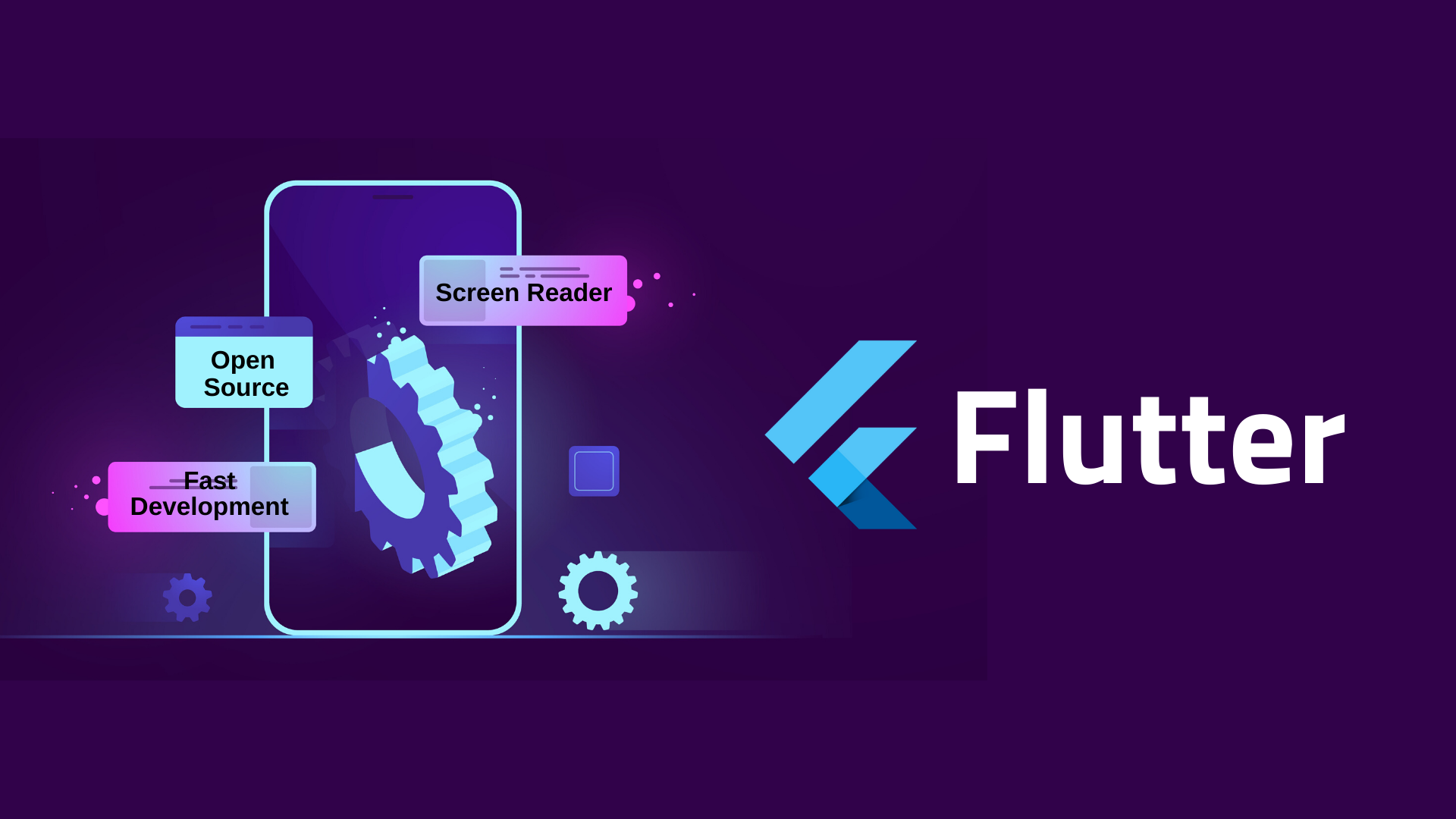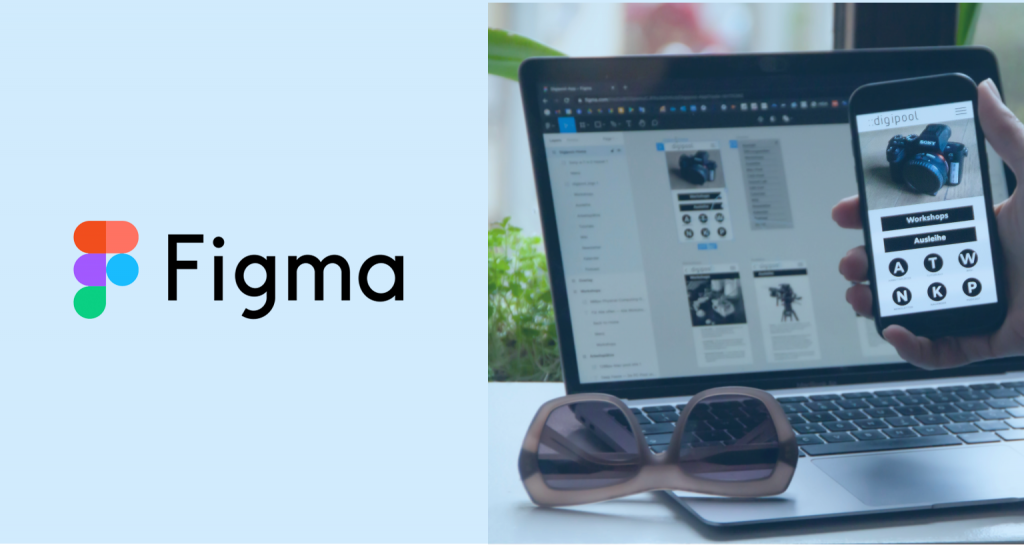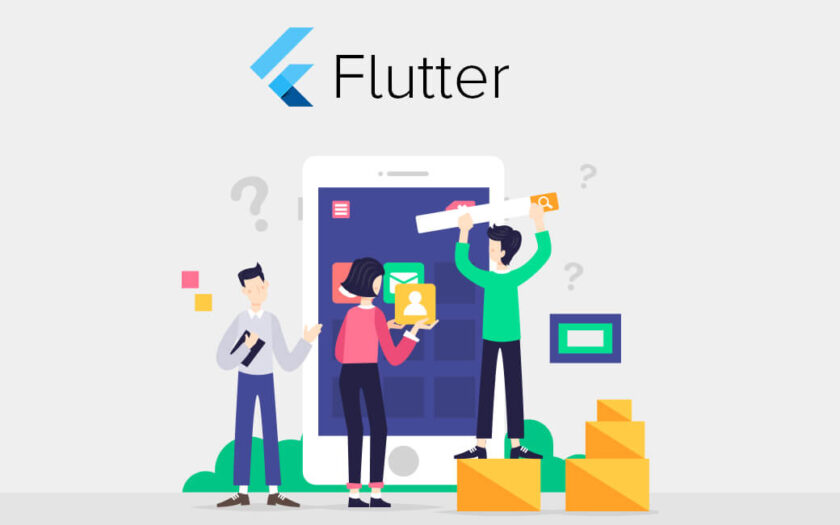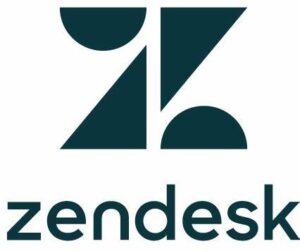Introduction
The world of design software is constantly evolving, with new tools and technologies emerging all the time. Two of the most popular options on the market today are Figma and Flutter. Both offer unique features and benefits, but the question remains: which one is better Figma or flutter? In this blog post, we will delve into the debate and help you decide which design software is the best fit for your needs. So, sit back, relax, and let’s decode the debate between Figma and Flutter.


Understanding the Basics: What are Figma and Flutter?
Figma and Flutter are two popular design software options that are revolutionizing the way designers and developers work.
Figma is a cloud-based design tool that allows users to create, edit, and collaborate on designs in real-time. It offers a wide range of features and functionalities, including vector editing tools, prototyping capabilities, and the ability to create and maintain design systems. Figma is known for its intuitive user interface and seamless collaboration features, making it a popular choice among designers working on collaborative projects.
On the other hand, Flutter is an open-source UI toolkit that allows developers to build natively compiled applications for mobile, web, and desktop platforms from a single codebase. Flutter uses the Dart programming language and offers a rich set of pre-designed widgets, allowing developers to create visually stunning and highly performant applications. One of the key advantages of Flutter is its hot reload feature, which allows developers to see the changes they make to the code immediately reflected in the app.
Sign Up for Free! Start Your Figma Journey Today
When it comes to pricing, Figma offers a variety of plans to choose from, including a free plan for individuals and small teams. For larger teams and organizations, there are paid plans available with additional features and benefits. Flutter, on the other hand, is completely free and open-source, making it an attractive option for developers looking to build high-quality applications without incurring any additional costs.
An In-depth Look at Figma: Features, Advantages, and Limitations

Figma is a versatile design tool that offers a wide range of features, advantages, and some limitations. One of the standout features of Figma is its cloud-based nature, which allows for real-time collaboration and seamless design workflow. This means that multiple designers can work on the same project simultaneously, eliminating the need for file transfers and version control headaches. Figma also offers an intuitive and user-friendly interface, making it easy for both beginners and experienced designers to navigate and create stunning designs.
In terms of features, Figma provides powerful vector editing tools that allow for precise design customization. It also offers robust prototyping capabilities, enabling designers to create interactive prototypes that can be shared and tested with stakeholders. Additionally, Figma allows users to create and maintain design systems, which ensures consistency across various projects and simplifies the design process.
When it comes to pricing, Figma offers a variety of plans to choose from. Individuals and small teams can use Figma for free, while larger teams and organizations can opt for paid plans that come with additional features and benefits. This flexible pricing model makes Figma accessible to designers and teams of all sizes, regardless of their budget constraints.
However, it is important to note that Figma does have its limitations. While it offers powerful design features, some designers may find that certain advanced functionalities are lacking compared to other design software options. Additionally, the collaborative nature of Figma relies on a stable internet connection, which may pose challenges in areas with limited connectivity.
A Comprehensive Overview of Flutter: Capabilities, Strengths, and Downsides

Now, let’s take a closer look at Flutter and explore its capabilities, strengths, and downsides. Flutter is an open-source UI toolkit that has gained significant popularity in recent years. Its key strength lies in its ability to allow developers to build natively compiled applications for mobile, web, and desktop platforms from a single codebase.
One of the most significant advantages of Flutter is its versatility. Developers can create visually stunning and highly performant applications using Flutter’s rich set of pre-designed widgets. These widgets are customizable and can be tailored to fit the specific needs of each project. Additionally, Flutter utilizes the Dart programming language, which is known for its simplicity and ease of use. This makes it an attractive option for both experienced developers and those new to app development.
Another noteworthy feature of Flutter is its hot reload capability. This feature allows developers to make changes to the code and immediately see the impact in the app. This significantly speeds up the development process, as developers can quickly iterate and refine their designs without wasting time on manual rebuilding or app restarts.
Sign Up for Free! Start Your Figma Journey Today
In terms of pricing, Flutter has a major advantage over Figma – it’s completely free and open-source. This means that developers can use Flutter without incurring any additional costs, making it a budget-friendly choice for individuals and organizations. On the other hand, Figma offers a variety of plans to choose from, including a free plan for individuals and small teams. For larger teams and organizations, there are paid plans available with additional features and benefits.
While Flutter has many strengths, it’s important to consider its downsides as well. Since it is relatively new in the market, there may be a learning curve for developers who are unfamiliar with the Dart programming language. Additionally, Flutter may not be the best choice for complex designs or projects that require deep integration with platform-specific features.
In summary, Flutter is a powerful and versatile UI toolkit that offers a range of capabilities and strengths. Its free and open-source nature makes it an attractive option for developers, especially those on a budget. However, it’s important to consider the learning curve and limitations associated with Flutter before diving into a project. Ultimately, the choice between Figma and Flutter depends on your specific needs and the requirements of your project.
Practical Application: When to Use Figma or Flutter in Your Project
When deciding whether to use Figma or Flutter in your project, there are several factors to consider. One of the most important factors is the price. Figma offers a variety of plans to choose from, including a free plan for individuals and small teams. This makes it an attractive option for those who are just starting out or have limited budgets. On the other hand, Flutter is completely free and open-source, which means there are no additional costs associated with using it. This makes it an excellent choice for individuals and organizations looking to build high-quality applications without breaking the bank.
Another important consideration is the specific requirements of your project. Figma is a cloud-based design tool that is ideal for collaborative projects. It allows multiple designers to work on the same project simultaneously, eliminating the need for file transfers and version control headaches. This makes it a great choice for teams that need to work together in real-time. On the other hand, Flutter is a UI toolkit that is perfect for building natively compiled applications for mobile, web, and desktop platforms. If you are looking to create visually stunning and highly performant applications, Flutter is the way to go.
Ultimately, the choice between Figma and Flutter depends on your specific needs and the requirements of your project. If you are a designer looking for a tool that offers collaboration features and a wide range of design capabilities, Figma may be the best fit for you. On the other hand, if you are a developer looking for a versatile toolkit to build cross-platform applications, Flutter may be the better choice. Consider your budget, project requirements, and personal preferences when making your decision.
Comparison Analysis: Key Differences between Figma and Flutter
Figma and Flutter are two powerful design software options with their own unique features and capabilities. One of the key differences between Figma and Flutter is their pricing structure. Figma offers a variety of plans to choose from, including a free plan for individuals and small teams. This makes it a great choice for those who are just starting out or have budget constraints. On the other hand, Flutter is completely free and open-source, making it an excellent option for developers looking to build high-quality applications without any additional costs.
Another important difference between Figma and Flutter is their primary focus. Figma is primarily a design tool, allowing users to create, edit, and collaborate on designs in real-time. It offers powerful vector editing tools, prototyping capabilities, and the ability to create and maintain design systems. Figma is ideal for designers who want a comprehensive design tool that enables seamless collaboration.
In contrast, Flutter is a UI toolkit that focuses on building natively compiled applications for multiple platforms from a single codebase. It offers a rich set of pre-designed widgets and allows developers to create visually stunning and highly performant applications. Flutter is perfect for developers who want a versatile toolkit to build cross-platform applications.
In summary, the key differences between Figma and Flutter lie in their pricing structure and primary focus. Figma is a design tool that offers a range of features for designers and teams, while Flutter is a UI toolkit that allows developers to build cross-platform applications. Consider your specific needs, budget, and project requirements when choosing between Figma and Flutter.
Sign Up for Free! Start Your Figma Journey Today
Community Feedback: What Designers and Developers Say about Figma and Flutter
The community of designers and developers has a lot to say about Figma and Flutter. Let’s dive into what they have to say about the prices of these two design software options.
When it comes to Figma’s price, many designers appreciate the variety of plans available. The fact that Figma offers a free plan for individuals and small teams is a major advantage. Designers on a tight budget or just starting out find this option to be extremely valuable. They can enjoy the core features of Figma without any financial burden. However, some designers do mention that the paid plans for larger teams and organizations can be a bit expensive. It’s important to weigh the additional features and benefits against the cost to determine if it’s worth it for your specific needs.
On the other hand, the price of Flutter is a major selling point for developers. The fact that it is completely free and open-source is highly praised by the developer community. Developers appreciate the opportunity to build high-quality applications without any additional costs. This makes Flutter an attractive option for both individuals and organizations looking to save money on their development projects.
Overall, the community feedback regarding the prices of Figma and Flutter is positive. Designers appreciate the variety of plans offered by Figma, while developers embrace the cost-saving benefits of Flutter’s free and open-source nature. When making your decision, consider your budget and the specific needs of your project to determine which option is the best fit for you.


